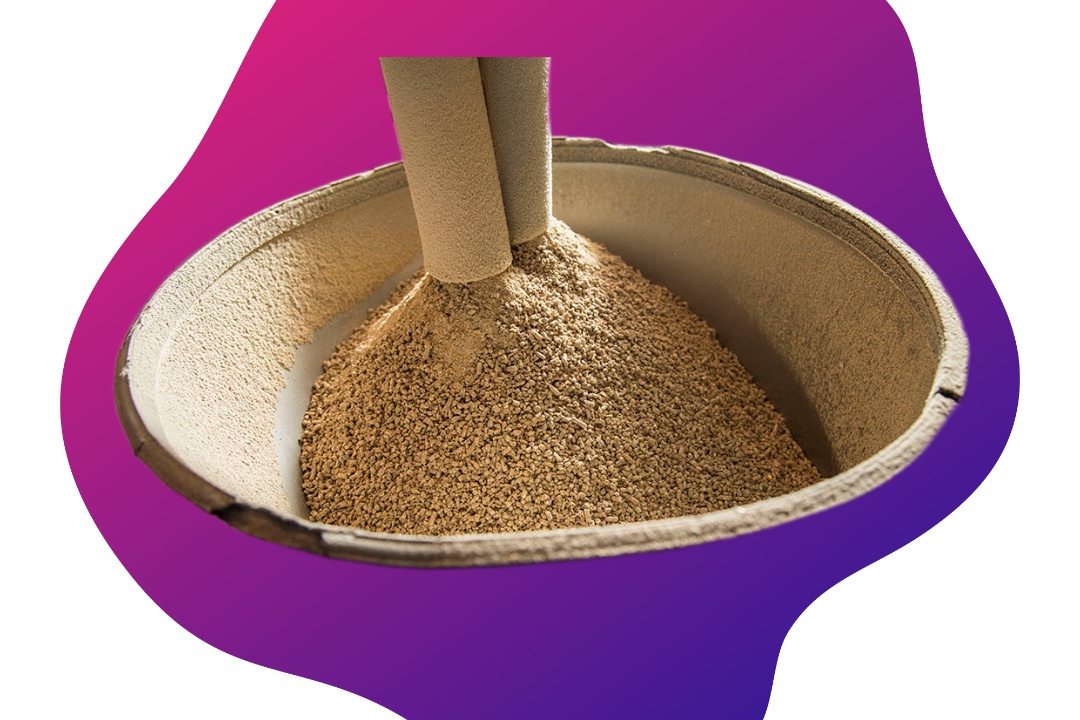Ribbon blenders are powerful machines that can mix a variety of ingredients. They are ideal for blending dry solids of different sizes and bulk densities. They can be used for various applications, including food and pharmaceuticals.
The agitator in a ribbon blender consists of an inner and outer helix. The outer ribbon has an opposing pitch to the inner, which provides shear.
Purposes
Ribbon blenders are essential for creating products in several industries, including pharmaceuticals and food. This mixing machine can mix various materials, including powdered ingredients. However, it is necessary to choose the right type of equipment for the job.
The ribbon blender consists of a U-shaped shell with a rotating agitator that combines an inner and outer set of helix blades. This design allows the helix to transfer materials radially, which speeds up mixing times and encourages detailed blending. The ribbon agitator typically runs at tip speeds of 300 feet per minute or lower, which reduces dusting.
Some optional features help improve performance, including a heavy-duty cover and clamps for preventing dust migration. Additionally, some models allow the operator to hoist the agitator out of the blender, minimizing cleaning time and labor costs. A grit finish on interior stainless steel surfaces also helps reduce dust buildup.
Design
Ribbon blenders offer a versatile mixing solution for bulk solids. They can mix dry powders, granules, pellets, flakes, and ceramic powders. They can also handle a variety of liquids. They have dust-tight discharge valve assemblies to ensure safe and clean operation. The assembly is typically a sanitary spherical disc valve with no dead space, making cleaning easy.
The ribbon blender features a semi-cylindrical trough centered on a shaft. An agitator ribbon is embedded in the trough’s center, creating a shuffle action that mixes and powders the materials. It also has an inner and outer set of helical blades that counteract each other. This counteracting motion causes turbulence in the trough and ensures a uniform mixture.
Materials
Ribbon mixers blend various dry ingredients in industries such as food and drink, cosmetics, polymers and plastic compounds, minerals, and energy. The mixer effortlessly blends powders and granules using a double helix ribbon agitator.
Ribbon blenders are also ideal for combining diverse cosmetic formulations, ensuring the finished product is consistent and high quality. They are also frequently employed to coat solid particles with a minor ingredient, such as powder lubricant or flavoring oil.
Modern ribbon blenders are driven directly by a gear motor, eliminating issues such as belt slippage and stretching caused by chain drives. This design also improves operating efficiency and reduces maintenance costs compared to belt-driven methods. Additionally, the compact gearmotor works well with a variable-frequency drive (VFD), which provides enhanced speed control, overload protection, and adjustable starting torques.
Functions
Ribbon blenders can be tailored to fit a variety of different applications with the use of specialized accessories. These include adjustable speed drives for meticulous regulation and diverse ribbon agitator configurations that target specific mixing tasks. The equipment can also be equipped with a liquid spray system to facilitate the addition of liquids to the powder.
The blending process of a ribbon blender involves a U-shaped horizontal trough with an agitator that rotates at peripheral speeds of up to 300 feet per minute. The agitator comprises inner and outer helical ribbons that counteract each other. As the ribbons shuffle, they move material radially and laterally, creating a homogeneous blend. The agitator can also have a lid to help contain any spillage during mixing.
Cost
Ribbon blenders are an efficient way to mix bulk solid ingredients. They are used for various pharmaceutical, food, and chemical applications. They are often constructed of stainless steel and can be fitted with multiple interchangeable agitators. They also have a side discharge facility for easier handling of processed materials.
The blending agitator in a ribbon blender consists of an inner and outer set of helical blades. The outer blade throws the material toward the center of the trough while the inner blade moves it to the edge. This creates a convection mixing pattern in the trough, which minimizes cycle time.
Traditional belt-driven systems are prone to slippage, which can cause a loss in efficiency and productivity. Direct-drive ribbon blenders with gear motors and inverters are more reliable and require less maintenance. They also offer better speed control and soft start capabilities.




